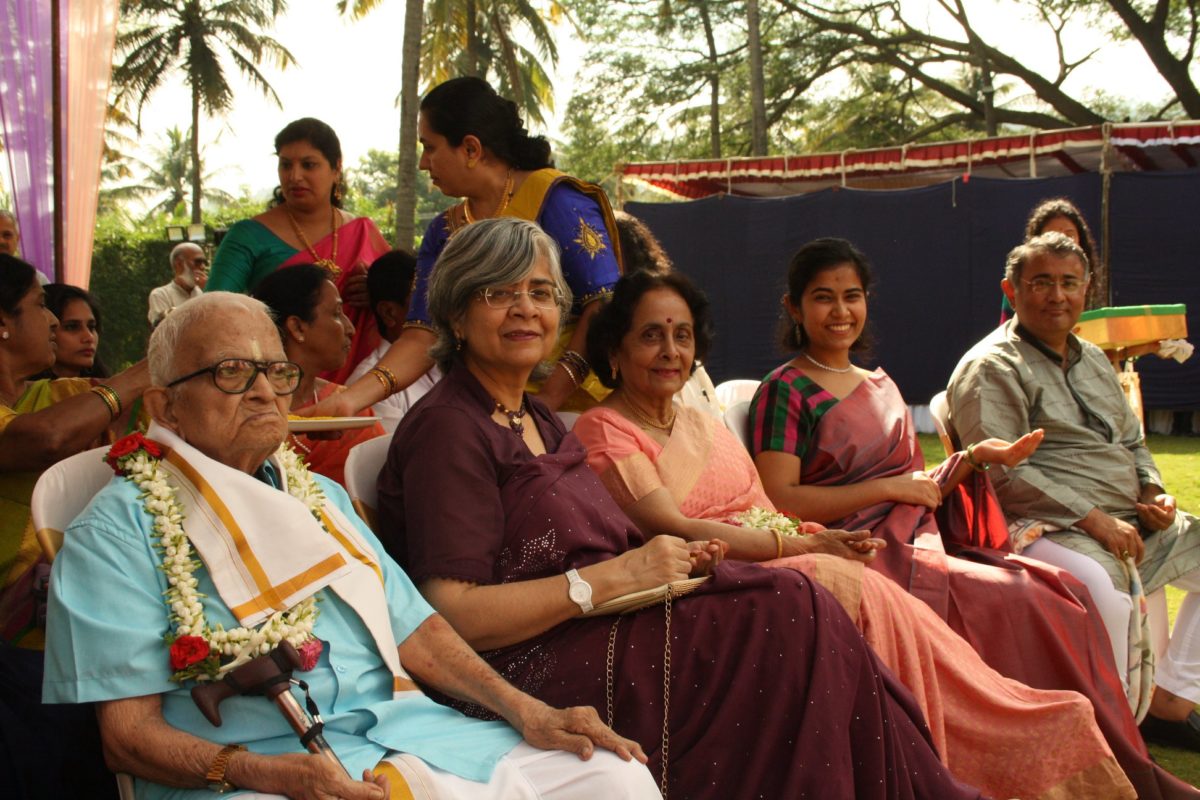Recently we were at an off-site family wedding, which lasted 4 days, including Sangeet, Mehendi, Reception, etc, etc. Relatives arrived from all corners of the country and beyond- and met after a long gap. It helped every-one bond- because amidst (unspoken) comparisons, evaluations, gossip and assessment of How-Well-Have-They-Done, How-Much-Drink-They-Can-Hold, etc, etc; we connected and rediscovered a deep love and respect for each other—beyond the foibles and faults which sometimes is the first to be seen.
Hopefully this is the purpose of all group gatherings, including corporate retreats.
Any group is a great place to observe the dynamics of human behaviour, and what better than a wedding. In a group, emotions and thoughts are amplified: How am I looking? (I wish I hadn’t done my packing at the last minute and had planned my wardrobe better); Who are the people clustering together ? Am I part of the inner circle?
The behaviour is a function of many variables: your role, ie how you are related to the bride/ groom depending from whose side you have been invited; your age and energy- for example if you have kids you tend to be preoccupied with them; your level of introversion/ extroversion; your need to be in the lime-light; your skill set—for example if you are a good dancer then you can show up with a certain leadership on the dance floor, etc.
I took two key variables: one’s ‘Self Worth’, and the ‘Commitment to the Task’; and created the following two-by-two matrix, to plot the various behaviours I observed- in myself and others.

The x-axis represents the level of self-worth, or self acceptance- its about how substantive I feel- regardless of what clothes I’m wearing, or how successful I am, or how others treat me, or appreciate me. It’s about do I enjoy being myself; do I have a regard for myself; do I feel easy in my skin without second guessing and judging myself?
The y-axis represents the commitment to the task- It will depend on one’s role in the temporary organizing team which has been set up – eg there will be some who are assigned the drinks section, some to receive the guests, some to take care of the food, etc. But the larger goal is : to make sure the wedding goes smoothly, interact and connect with as many people as possible ; and ofcourse to have fun.

Here are the 4 quadrants:
1.Initiator-Driver (Certain-Self-Worth and High-Task-Ownership): those in this quadrant value themselves, and are connected to the group task. They have a high capacity to jump and extend their support. Thus they influence their environment, and at the same time have the ability to enjoy themselves.
2.Detached Observer: (Certain-Self-Worth and Low-Task-Ownership): those in this quadrant have chosen to invest less of their energies. It could be for various reasons- they may have other preoccupations or are not so close to the immediate family.
3.Tentative Participant : (Uncertain-Self-Worth and Low-Task-Ownership): Their somewhat uncertain self-worth makes them quite self-involved and self-immersed—and because of this preoccupation, are almost unable to extend themselves towards the task at hand.
4. Reliable Aide or Low Maintenance Guest: (Uncertain-Self-Worth and High-Task-Ownership): They are committed to extending themselves for the sake of the lager goal ; sometimes at the cost of their own comfort and well being.
Do you see the parallels between these behaviours and those in the organizational teams?
What are the spaces you occupy?
I found myself in all the four spaces.
I was inspired by those who remained largely in No 1. But simply being aware helped me navigate the 4 spaces, because we do have an automatic tendency to judge experiences, situations, other people and ourselves…as being good, bad, valuable, worthless, like don’t like. It’s about observing and letting go.

